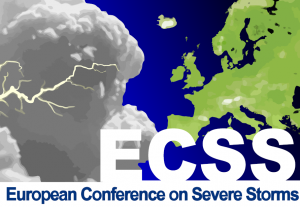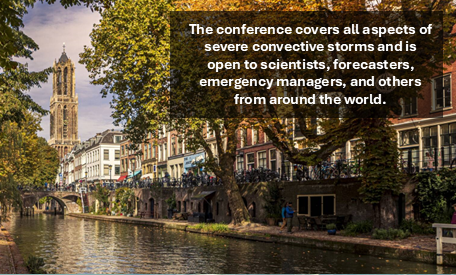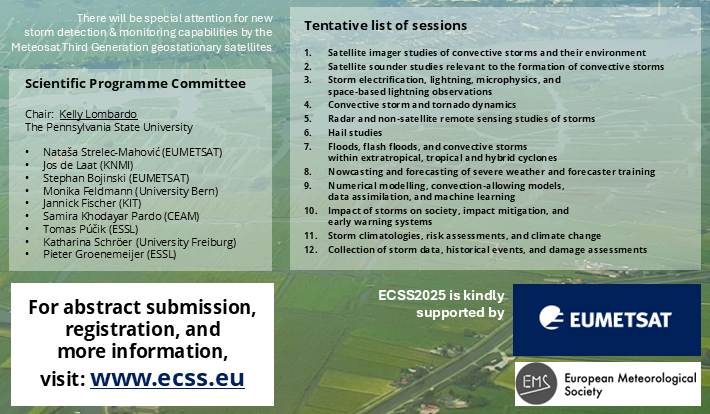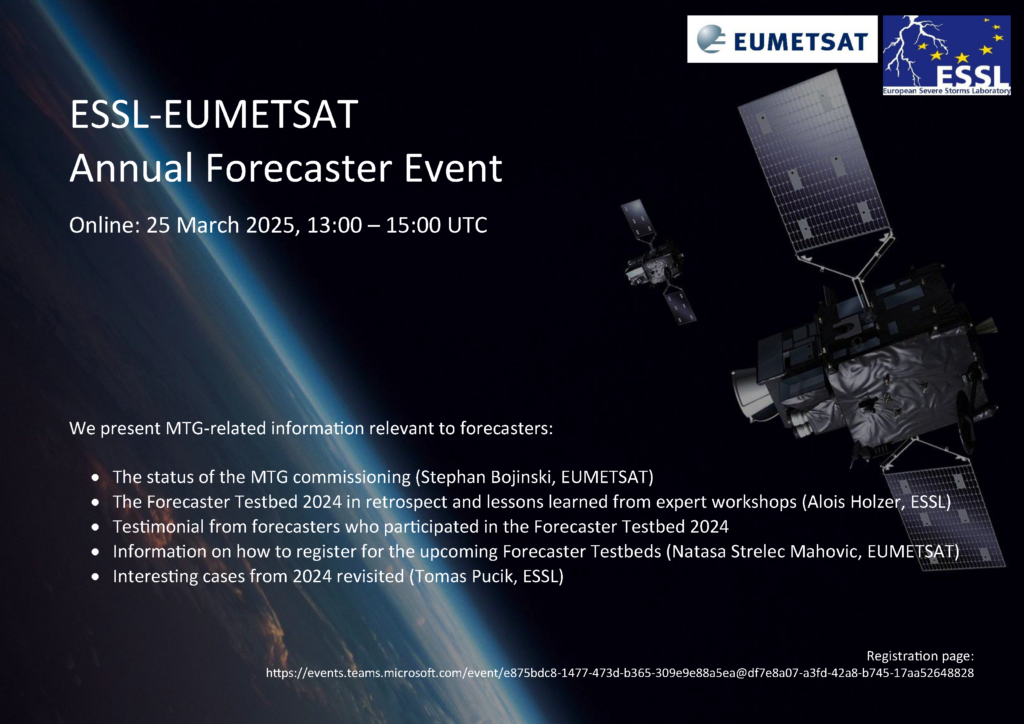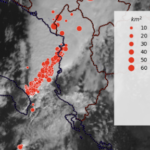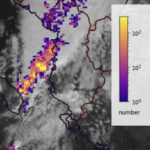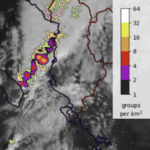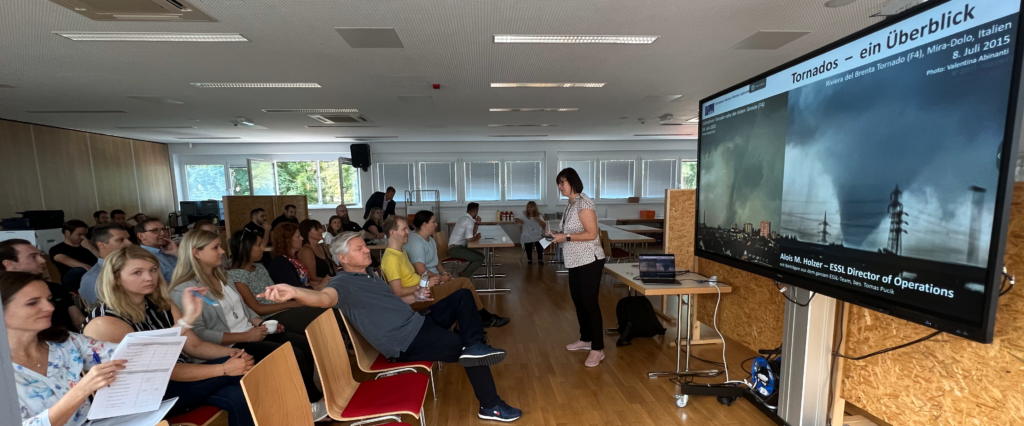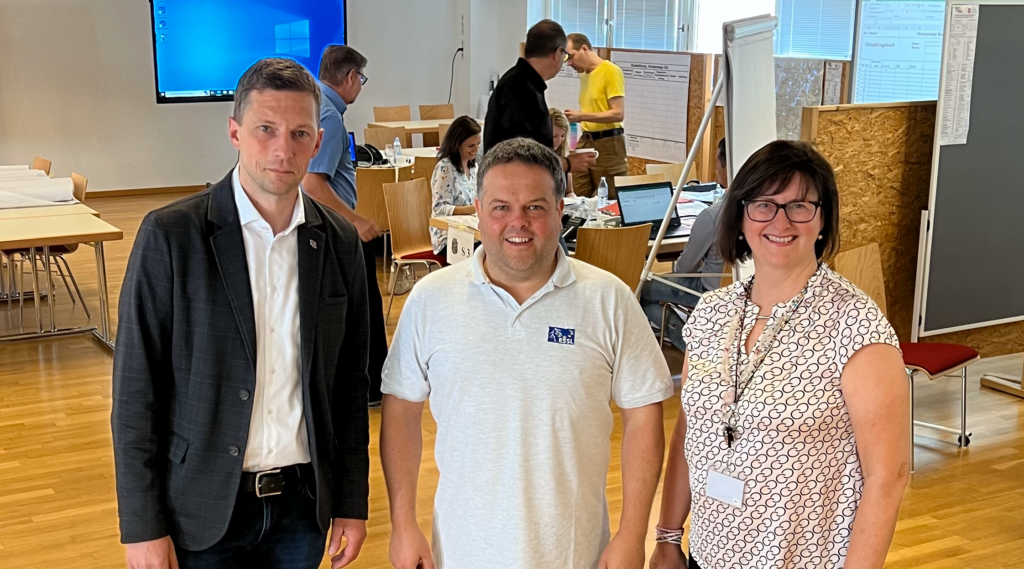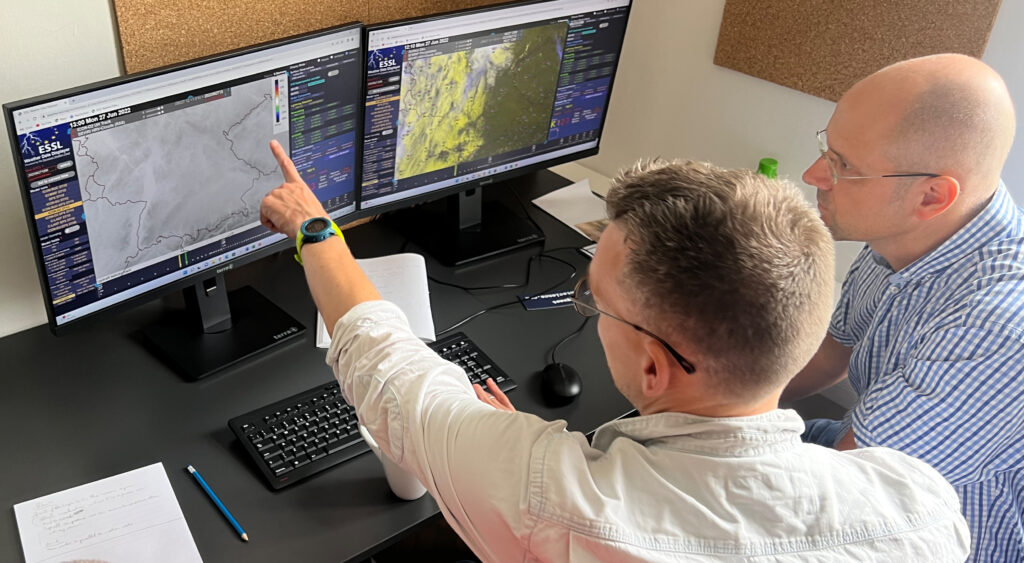Wiener Neustadt, Austria, 15.07.2024
Europe needs Twisters campaign
Researchers from all over Europe are organising
high-density measurements of severe storms. Similar to the new film Twisters, the
plan is for mobile storm chasing teams to collect essential weather data
directly from storms.
This is planned to be ground-breaking. Severe
weather researchers from 14 European countries want to work together to get to
the bottom of severe thunderstorms so that they can provide better warnings in
future. To this aim, they are currently planning the largest European
measurement campaign on severe thunderstorms to date. “We want to use the
latest technologies, such as weather drones. To do this, it is extremely
important that mobile measurement teams get very close to the storms. This is
the only way to gather the crucial information,” says Alois Holzer,
initiator of the European “TIM” measurement campaign to start in 2026.
As can be seen in the new movie Twisters, the
European research teams will also be tackling the storms with the newest
generation of weather sensors. “In contrast to some scenes in the
entertainment film Twisters, however, the highest safety standards apply in our
research campaign, and we have also made a joint commitment to responsible
behaviour with regard to the environment and the local population,”
emphasises Alois Holzer, Director of Operations of the European Severe Storms
Laboratory ESSL in Wiener Neustadt.
While the basic scientific structure is to be
financed through traditional research funding, the project is still looking for
major donors for the individual mobile measurement teams. Alois Holzer says
with a twinkle in his eye: “We hope that the kind of support from major
donors possible in North America can also be achieved in Europe. We are also in
dialogue with various public authorities.”
The urgency of being able to better understand
and predict severe weather, and thus to strengthen civil defence, is certainly
given, as the frequent severe weather events show. The measurement campaign
will focus on hailstorms, flash flood events, dangerous squalls and tornadoes.
In the past year alone, severe thunderstorms have caused 524 fatalities in
Europe, as reported by the ESSL.
The ESSL is an independent, non-profit research
institute based in Wiener Neustadt in Lower Austria. It also operates the
European Severe Weather Database (ESWD) and is a European leader in the
training of meteorologists in the field of severe weather warnings. A year ago,
the ESSL established the International Fujita Scale (IF-Scale) as a new
standard for categorising tornado damage.
This press release is under embargo for re-publishing until: Wednesday, 17 July 2024, 00:00 UTC
LINKS:
European Severe Storms Laboratory (ESSL): www.essl.org
TIM Field Campaign: www.tim-campaign.eu
LIVE EXPERT TALK:
The
TWISTERS expert talk will take place on Tuesday, 16 July 2024:
|
| English Expert Talk | 11:30 CEST Vienna, Rome, Berlin, Paris, Madrid | 10:30 WEST London, Lisbon |
|
| German Expert Talk | 12:00 CEST Vienna, Rome, Berlin, Paris, Madrid | 11:00 WEST London, Lisbon |
Attendance:
|
| On-site participation: | ESSL Research and Training Centre
Bräunlichgasse 6a
A-2700 Wiener Neustadt, Austria | Registration required via: tim@essl.org |
|
| Online Participation: | Microsoft Teams live event | Registration via:
Microsoft Teams Event |
